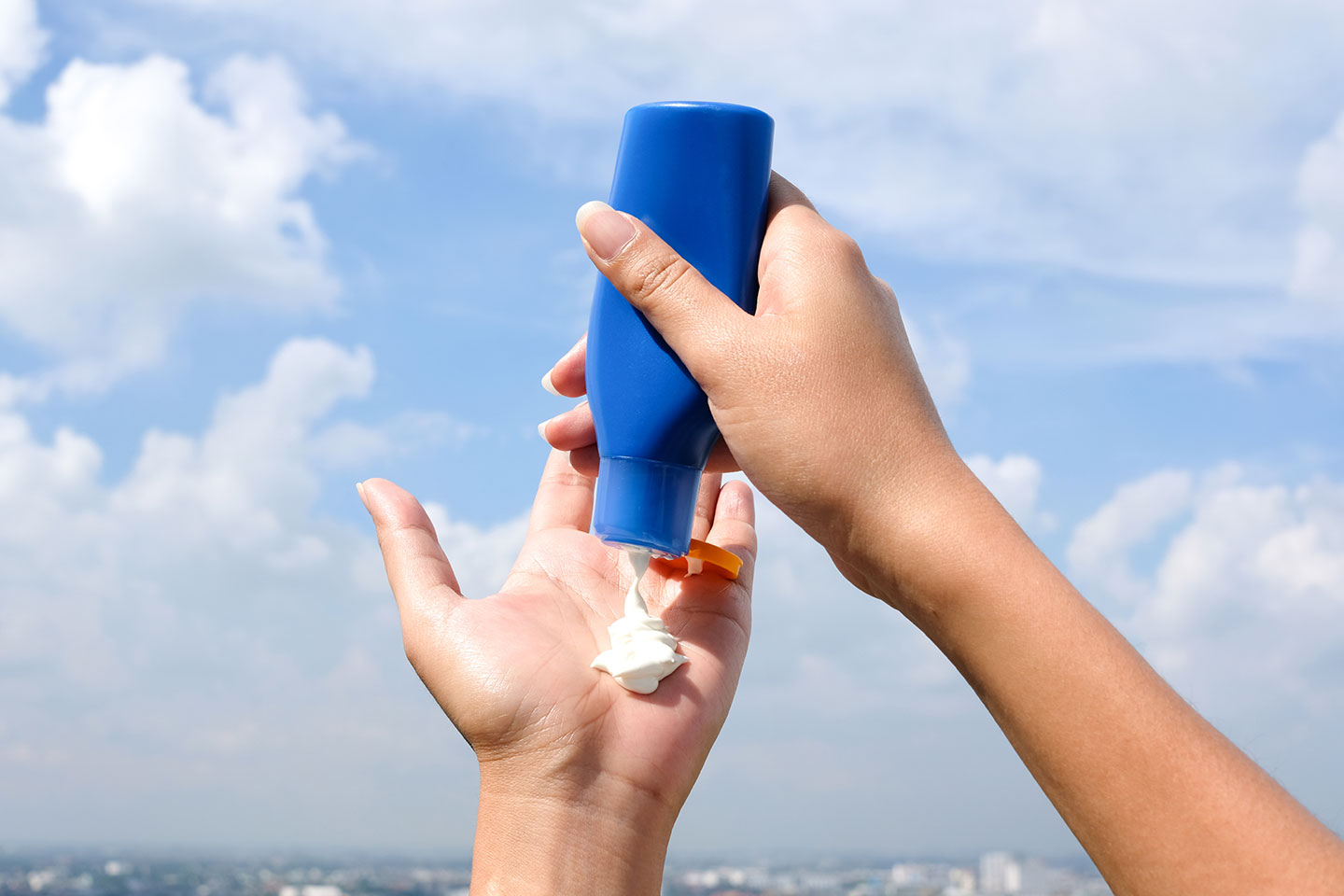DEFINITION Sunburn — red, painful skin that feels hot to the touch — usually appears within a few hours after too much exposure to ultraviolet (UV) light from sunshine or artificial sources, such as sunlamps. Sunburn may take several days or longer to fade. Intense, repeated sun exposure that results in sunburn increases your risk of other skin damage and certain diseases.
These include dry or wrinkled skin, dark spots, rough spots, and skin cancers, such as melanoma. You can prevent sunburn and related conditions by protecting your skin. This is especially important when you’re outdoors, even on cool or cloudy days.
PREVENTION Use these methods to prevent sunburn, even on cool, cloudy or hazy days. And be extra careful around water, snow, ice and sand because they reflect the sun’s rays. In addition, UV light is more intense at high altitudes. Avoid sun exposure between 10 a.m. and 4 p.m.
The sun’s rays are strongest during these hours. Limit the length of time you’re in the sun. Cover up. Wear tightly woven clothing that covers you, including your arms and legs, specially designed to provide sun protection. Also wear a broad-brimmed hat which protects you better. Use sunscreen frequently and generously. No matter what your skin type is, use a broad-spectrum sunscreen with an SPF of 15 or greater.
Apply sunscreen generously, and reapply it every two hours. Wear sunglasses when outdoors. You offer your eyes the best protection outdoors by choosing the highest UV protection-rated sunglasses. Don’t expect a base tan to protect. Some people think getting a base tan prevents sunburn. The idea is that a few sessions of indoor tanning will protect them from burning in the sun.
Research doesn’t support this. A base tan is no substitute for good sun protection. gauze. If blisters break, gently clean the area with mild soap and water, apply an antibacterial cream, and cover with a wet dressing. Drink plenty of fluids, especially water. Sun exposure and heat can cause fluid loss through your skin.
Drinking helps your body recovers. Treat peeling skin gently. Within a few days, the affected area may begin to peel. This is simply your body’s way of getting rid of the top layer of damaged skin. While your skin is peeling, continue to use moisturizing cream. Protect your sunburn from further sun exposure.
Stay out of the sun or protect yourself from sunlight when you go outside. Avoid applying “-caine” products, such as benzocaine. Such creams may irritate the skin or cause an allergic reaction.
Source: mayoclinic.org












